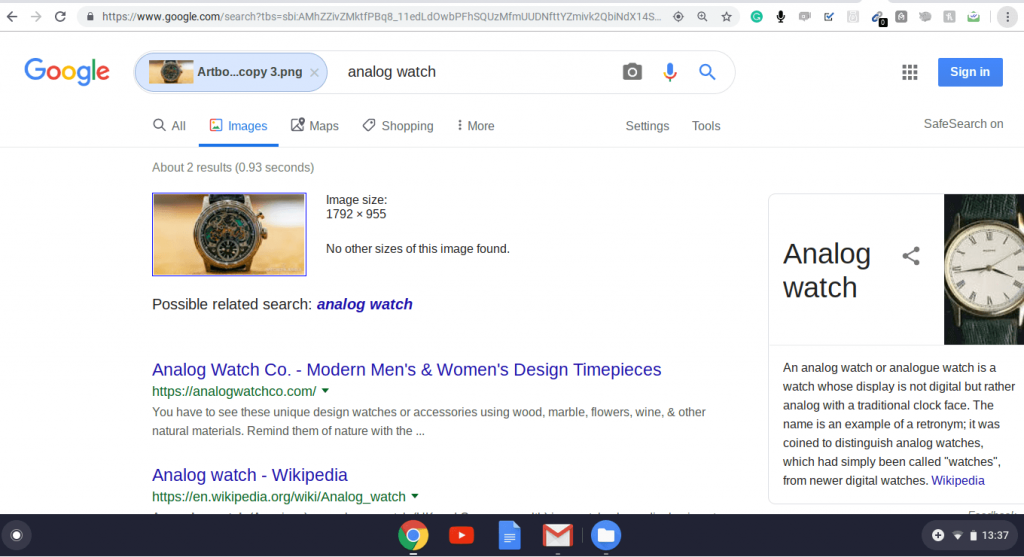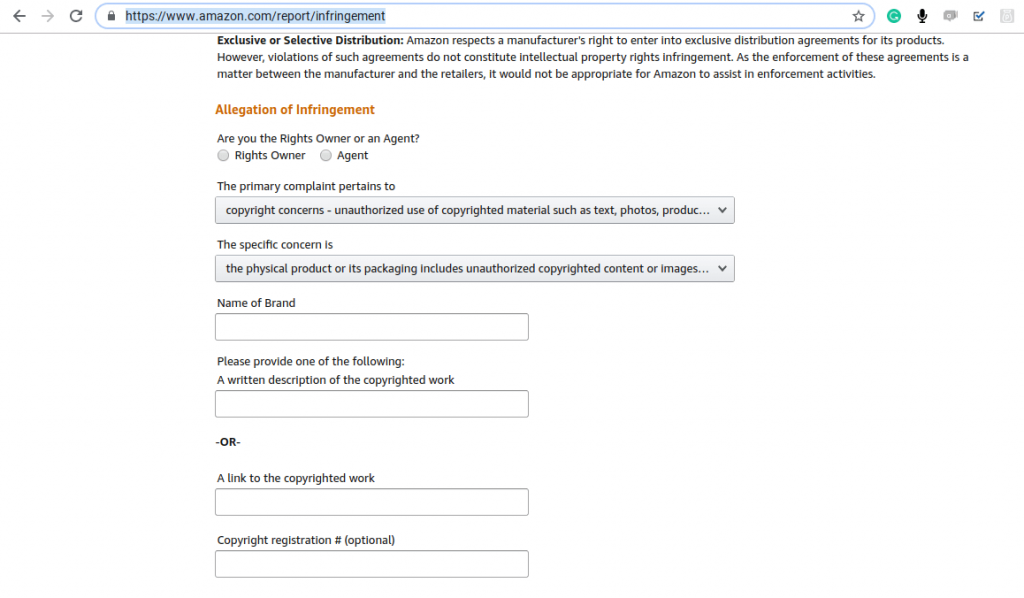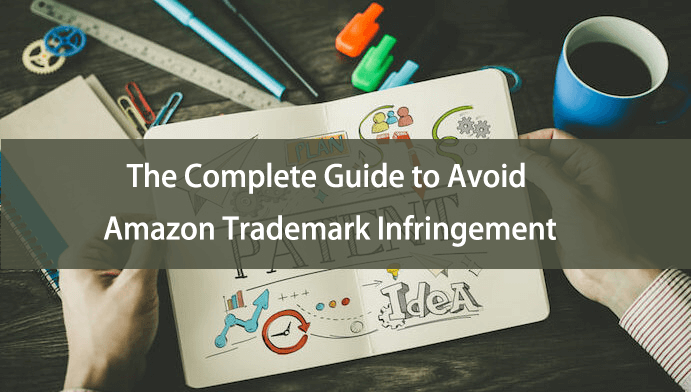As an Amazon seller, there are a lot of different things you need to know about to make sure that your business runs smoothly, profitably – and within the law.
Many Amazon sellers buy products from third parties to sell on their page and, some of those products may be branded – i.e. made and sold by a particular brand with its own name and logo.
In most cases, these branded products will be covered by Trademark law – this is legal protection for words, symbols, and designs that make up a company’s brand.
If you use trademarked words or symbols within your page without permission, this is known as infringement and, is an illegal activity.
Amazon’s Trademark Infringement Policy
Amazon takes trademark infringement very seriously and, states that all sellers must comply with federal, state and local laws as well as Amazon policies regarding all products and product listings.
Amazon is clear on the consequences of trademark infringement and its policy states that sellers committing trademark infringement risk being suspended from selling privileges and, in some cases, legal action.
When it comes to the authenticity of goods and permissions for the use of trademarks, Amazon holds the seller 100% responsible and so it’s important that you have all the facts in order to ensure that you remain on the right side of the law.
From the moment that you begin sourcing products to sell, you need to practice responsibility for your product.
To begin with, this means identifying which of your sourced products are branded. For more details of the Intellectual Property Policy, check HERE.
How do I tell if a product is branded?
There are a number of ways that you can check if a product is branded / trademark protected and, these are:
Who’s selling it?
When you find out a hot selling item, don’t be too hasty into its market. You should check its market capacity first to see how many sellers are listing the product – if there is a comparatively low number of sellers, this usually indicates that a product is branded as it requires permission before a seller can list the product.
Authority Checking
Independent patent search/inquiry sites – There are a number of other sites available on which you can check for trademark information including:
For the USA – The United States Patent And Trademark Office site is a really good one to keep handy if you are selling products through Amazon.
The site allows you to quickly check a product for trademarks as well as giving helpful advice, useful contacts and other information which can be useful for a seller.
The site also takes you through the process of trademarking your product should you decide to branch out in the future.
Within the European Union – Similar to its US counterpart, the European Union Intellectual Property Office allows users to check the status on products and branding in terms of copyright, trademarks and patents pending.
The easy Google-style search bar allows you to find trademarks quickly and easily and, the site also offers useful information and contacts for sellers.
Only for users within France, the INPI allows for very simple trademark searches as well as offering information on how to apply for your own trademark.
A global umbrella organization, The World Intellectual Property Organization is one of the most comprehensive resources for sellers looking to ensure that the product that they are selling does not infringe another seller’s trademark or brand.
A one-stop shop for all things intellectual property, this is one to keep on the favorites list for the serious seller.
Other Identification methods
Google Patents Search Engine – This works in exactly the same way as a regular Google search. Simply type in the product that you are selling to see if the search returns a branded website.
Search By Image – Google’s search engine offers a feature that allows you to conduct a search using an image rather than a keyword. Take, or download, a photograph of the product you are selling and upload it to the Google search using the camera icon.

Google’s search engine will then identify the product and present you with information about it including the brand name and logo.
If the product is not recognized, it is possible that it is not a trademarked product but this should be double-check using a different method.

The direct approach – when sourcing / buying your product, ask the supplier, distributor or manufacturer for trademark information.
How to avoid committing trademark infringement
It’s much easier to avoid committing infringement than it is to resolve the issue and restore your account – and your reputation afterward.
You can take steps to avoid falling into the infringement trap in a number of ways, including:
Don’t be a hijacker
As an Amazon seller, you should always put together your own product pages from scratch. Hijacking is a term used to describe sellers who copy other sellers’ listings and then try to beat them on price.
As well as going against Amazon’s guidelines, this practice puts you at risk of trademark infringement as you are simply copying and pasting and not doing your research regarding branding and trademarking.
Find your suppliers
Always make sure that you only buy products from reputable suppliers to make sure that you are able to trust the information that they are giving you regarding the branding of the product.
Research a supplier thoroughly before committing to doing business with them by checking out some of the popular suppliers, reading reviews, and asking around.
Often a simple Google search will throw up some red flags if a supplier is not trustworthy.
Use your words carefully
So, you’re selling a phone case or accessory which just happens to fit the new Samsung Galaxy phone.
When writing your product page, you may be tempted to write something along the lines of ‘Samsung Galaxy Phone Case’. Don’t.
In instances like this, the very most that you will get away with is to use language such as ‘is compatible with ‘or ’ may be ‘suitable for’. Directly linking your product with a brand name is a classic example of trademark infringement.

What happens if I am accused of trademark infringement?
Despite your best efforts, you may find yourself in the unfortunate situation of being accused by a brand of trademark infringement via a complaint to Amazon.
Should this happen, you need to act quickly to stop the situation from escalating.
First and foremost, you need to immediately remove the offending listing before taking the next step.
Contact the complainant
In the first instance, contact the complainant directly.
- Using professional and respectful language, explain that the breach was not intended (where possible, offer proof that this is the case).
- Apologize sincerely.
- Ensure the complainant that your product listing has been taken down and will not be repeated.
- Ask what else you may do to make amends and offer a solution that satisfies both of you
- Respectfully request that the case be dropped in accordance with these measures.
Depend on the company’s policy, the complainant may agree to these terms or may reject them. In the case of the latter, your next step is to contact Amazon.
The Amazon Case
Amazon takes infringements extremely seriously and, so, you may have your work cut out in convincing them that you are a reputable seller. If you feel that you have not, in fact, infringed the trademark of a brand, you should respond to Amazon’s case([email protected].) stating the following:
- Explain that you are aware of the situation and have contacted the complainant
- Explain that you understand how the problem may have arisen – and give details, such as similarity of logo, etc.
- Show evidence that you have not committed infringement, such as a certificate of ownership or documentation from a supplier
- Ask for your account to be restored
If you feel that, however inadvertently, you have in fact committed trademark infringement, you need to respond to Amazon’s case stating the following:
- You are aware of your mistake
- You regret your mistake
- You have contacted the complainant
- You have removed the listing
- You promise not to repeat the listing
- Give evidence of your good performance and reputation as an Amazon seller
- Provide a guarantee statement which states your good intentions as an Amazon seller going forward
Although strict when it comes to infringement, Amazon is usually willing to listen to both sides and, if you are genuinely apologetic for the mistake and show determination that you will not re-commit, there is a good chance that Amazon will restore your account.
In the worst-case scenarios, Amazon will suspend your account or, in cases of repeat offenders, remove your account altogether.
In the unlikely event that legal action is threatened, you should always immediately seek legal advice.
When doing so, it’s important to present all of the evidence and documentation from both sides so that your attorney has all of the facts.
Although it may sound scary, it’s very rare that legal action is followed through so long as the seller has removed the listing and made amends.
How do I report a trademark infringement?
Being a responsible Amazon seller means not just taking care of your own business but, Amazon’s too.
Sellers offering fraudulent goods or product which infringes trademark harms your business, Amazon’s business and, the end customer.
If you are selling a branded product or a product protected by trademark and, you spot another seller offering the same product, it is your responsibility to ascertain the authenticity of their offering.
You can do this by conducting a Test Buy to determine whether or not their product is genuine.
If, having conducted this test, you determine that the product is not authentic, you need to report this to Amazon in order to protect your own business.
As well as stopping yourself losing valuable sales to a fraudulent seller, this helps to protect your reputation as a seller and Amazon’s reputation as an organization from which customers can safely buy branded products. The process for reporting this to Amazon is as follows:
- Log onto https://www.amazon.com/report/infringement
- You will be presented with an online form which must be filled in with all pertinent details:

- When filling in the form, add as much detail as possible in order to speed up the process.
- Once you’re happy with the form, press ‘Submit’
- You will usually receive a response from Amazon within 5 to 7 days of your claim
- Amazon may contact you to ask for further information and/or for photographs of the product and screenshots of the original listing (sellers will often whip a listing off the site if they feel that they are being threatened).
Final Thoughts For Amazon Sellers
If you sell a lot of branded items, it is well worth signing up for Amazon’s Brand Registry.
This service establishes you as a seller with permission to market the brands that you are selling and offers a number of tools to help keep your listings safe.
The fact that you are a member means that you are saved the lengthy process of proving that you are the owner of the product or have permission to sell it.
As a Brand Registry Member, the process for reporting an infringement is the same in that you still need to complete an online form in order to report the matter.
However, the benefit for Brand Registry Members is that any report of infringement is treated as urgent by Amazon and is usually dealt with within 24 hours.
When it comes to trademarks, copyrights or any other kind of intellectual property, infringement is essentially considered to be theft and, so, you should always take any claims or cases extremely seriously.
As we’ve mentioned in this article, the best practice by far is to take steps to prevent this from happening in the first place.
You may also like:
Your Complete Business Guide for Selling on Amazon Europe
11 Reasons Amazon Can Ban Your Seller’s Account
How to Deal With Amazon Competitors Hijacking Listings?
How To Buy Cheap UPC Codes On Amazon

